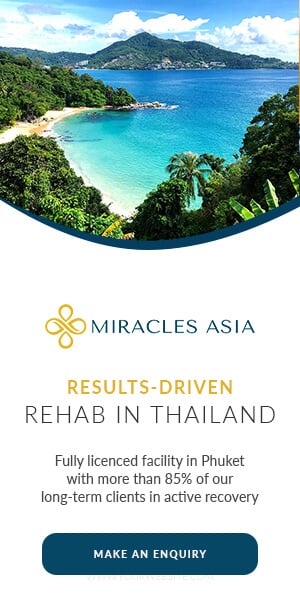The cycle of addiction is a predictable pattern of going from using, to a decision to stop or reduce, followed by a plateau and confidence, with eventual reduced commitment and selective memory, ultimately moving into justification and rationalization for possible limited use.
By the time you relapse, you have often convinced yourself that it’s okay, or even a good idea to use again, and you are sure it will be different next time.
Usual characteristics of the cycle of addiction
- You initially used your drug and it felt good. It provided some sort of relief or good feelings for you.
- You became obsessed (or constantly thought of) your drug.
- Over time, you needed more of your drug to feel the same effects. Your tolerance to the drug increased.
- What also increased were the consequences and negative effects of using. These may have intensified feelings of isolation and fear of discovery for you.
- You used your drug even though it was causing harm (physical problems, poor work or study performance, tense relationships).
- You used over and over.
- If and when you tried to stop using, you suffered physical or emotional symptoms of withdrawal, such as irritability, craving, restlessness or depression.
- You did not appear to have control over when, for how long or how much you were using.
- You denied the problems resulting from using your drug, even though these were increasingly obvious to others.
- You hid your drug use after family or close friends mentioned their concern, or out of fear that you would be exposed.
- You may have had blackouts or memory problems relating to your drug use, such as not remembering how much or what you bought on a shopping spree, how much you lost while gambling, what you did at a party when drinking, what you saw or wrote on social media, etc.
- You gradually spent less time on activities that used to be important to you, such as hanging out with family and friends, exercising or going to gym, working, pursuing hobbies or other interests, etc.
- Depression and anxiety became more frequent or uncomfortable.
- You may have been unwilling to see a physician or other health or mental health professionals for fear of being asked questions, or having your addiction exposed.
- You may have come from a psychologically or physically abusive or difficult background. You may have had low self-esteem or felt anxious about your loss of control over your environment.
Did you recognize any characteristics or similarities with your cycle, feelings or behaviors?
If you choose not to recognize and treat your disease appropriately, you will be stuck in this cycle until you choose to treat it.
Need More Help Understanding Addictions?
If you, or a loved one are struggling wiht the pain of addiction to substances or processes you can reach out to the Miracles Asia team on chat, email or even a quick phone call.
You may not need full residential care, but our admissions team have been where you are now, and are ready to help anyone who is ready to break free of their addictions.
All conversations are completely confidential.
Feel free to reach out on any of the above channels whenever you are ready.









